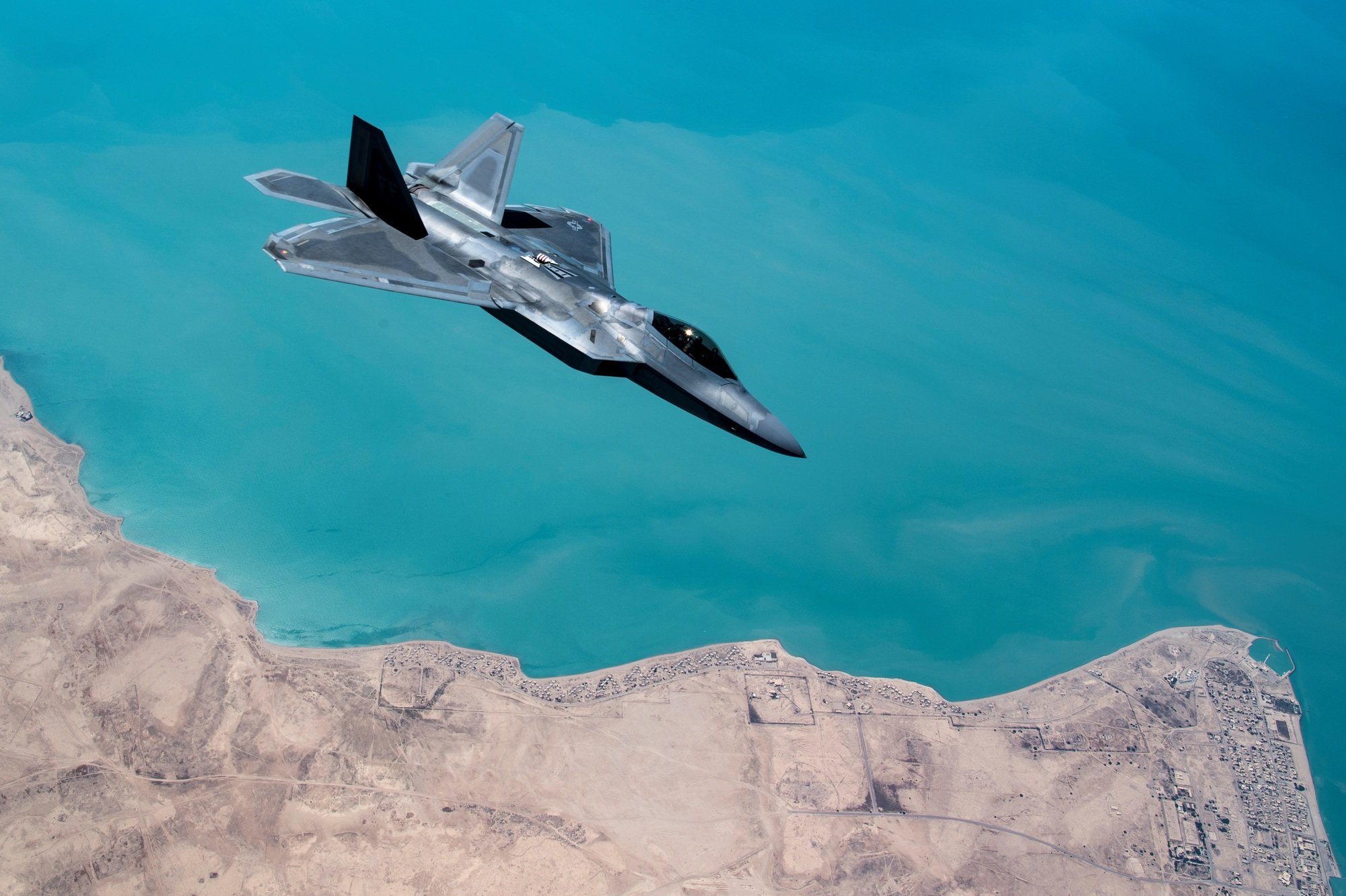
A US Air Force F-22
The U.S. Air Force is planning a potentially multibillion-dollar bid to replace its F-22 Raptor fighter jets, a bid that could attract U.S. aerospace giants Lockheed Martin Corp., Boeing Co. and Northrop Grumman Corp., Bloomberg reported.
The U.S. Air Force on May 18 issued a Request for Proposals for the full development phase of the next-generation air superiority fighter (NGAD). The new aircraft will be used in conjunction with unmanned aerial vehicles (UAVs) under development in another program. The Air Force plans to award a development contract to a contractor in 2024 and the new fighter will enter service in the 2030s.
"This request for proposal formally begins the source selection process, providing industry with the Air Force's desired requirements for NGAD, the F-22 replacement," the Air Force said in a statement. According to Air Force Secretary Frank Kendall, NGAD is a technological leap forward over the F-22.
In its 2024 budget, the Air Force is also asking Congress to retire 32 older F-22s that are no longer combat-capable and redirect the money needed to maintain them into a new fighter program.
Little is known about the NGAD program. The Air Force is said to plan to spend $16 billion on NGAD research and development through 2028. Like the F-22, the new aircraft is intended to be an air-to-air fighter.
Chinese stealth fighters could overwhelm US F-22 fighters in numbers
Secretary Kendall said the Air Force has delayed some F-35 purchases to speed up NGAD development. He also said the NGAD planes will cost “several hundred million dollars” each. The F-22s, meanwhile, cost an average of $191.6 million.
Lockheed Martin’s F-22 has had a troubled development. It first appeared in combat in February 2015, more than nine years after it was deemed combat-ready. In April 2009, then-Defense Secretary Robert Gates cut F-22 production to just 187 aircraft from 243, citing doubts about its cost and suitability.
Although the F-22 boasts stealth capabilities and supersonic cruise speeds, it was developed before the US military was betting big on UAVs to extend its power. Air-to-air capabilities are also a top priority as the US grows increasingly assertive with potential adversaries China and Russia.
Source link



![[Photo] Students of Binh Minh Primary School enjoy the full moon festival, receiving the joys of childhood](https://vphoto.vietnam.vn/thumb/1200x675/vietnam/resource/IMAGE/2025/10/3/8cf8abef22fe4471be400a818912cb85)
![[Photo] Prime Minister Pham Minh Chinh chairs meeting to deploy overcoming consequences of storm No. 10](https://vphoto.vietnam.vn/thumb/1200x675/vietnam/resource/IMAGE/2025/10/3/544f420dcc844463898fcbef46247d16)









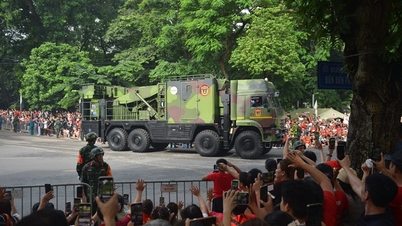



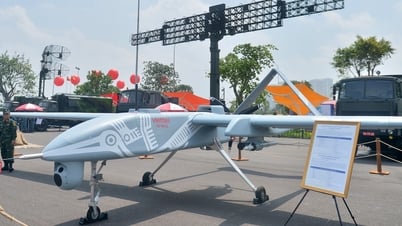
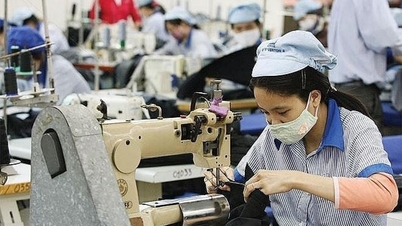



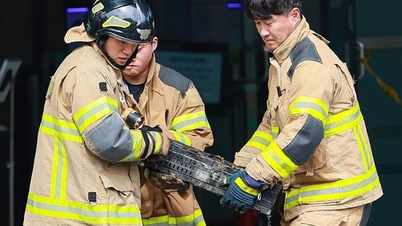








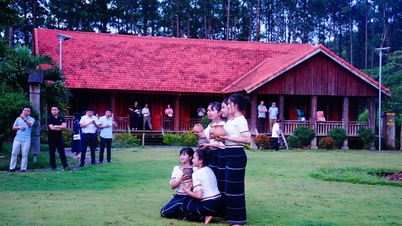

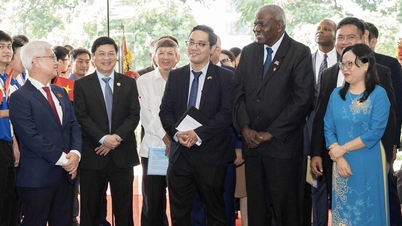



















































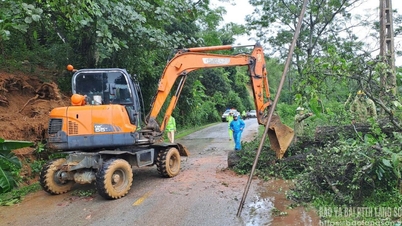





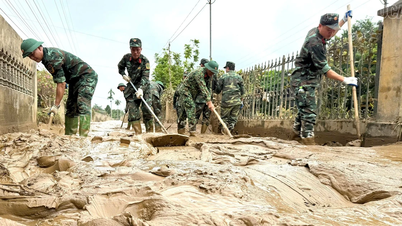














Comment (0)